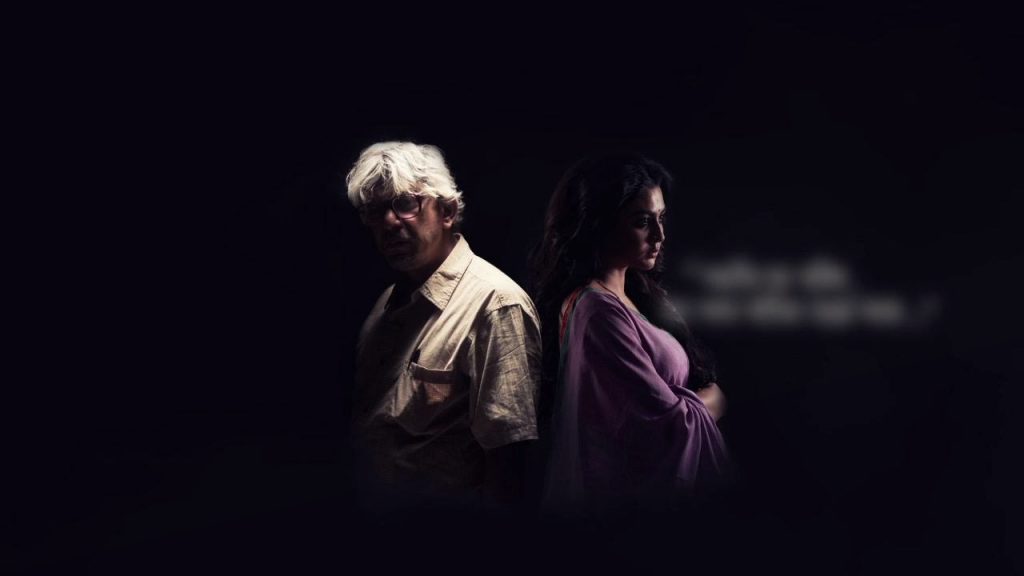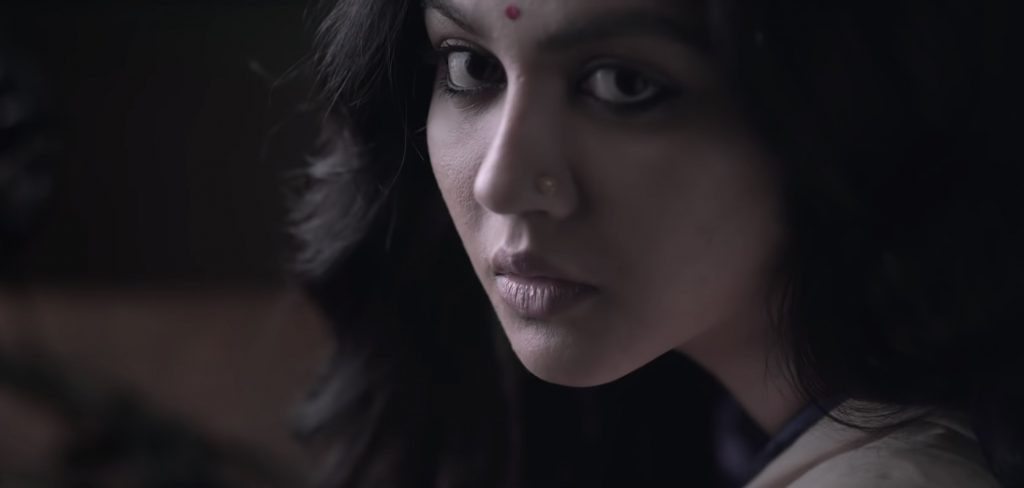Being the die-hard Humayun Ahmed fan I am, I had to watch Debi: Misir Ali Prothombar. The portrayal of Misir Ali for the first time in a movie is a big occasion in itself.
As Jaya Ahsan said ‘The main target audience of this movie are the Humayun Ahmed fans.’ Now that Misir Ali is on the silver screen, we can hope that Himu, another fan favorite character, will be there soon too.
Inside a Troubled Mind

The movie begins with Anis going to Misir Ali with a request of help for his wife Ranu who is afraid of ghosts and claims to have paranormal experiences. Anis is quite concerned about his wife and approaches Misir Ali through a colleague’s recommendation. A teacher of clincial psychology at Dhaka University, Misir Ali is very much interested in studying the mysteries and nuances of the human brain and also supernatural occurrences.
Misir Ali believes there is a logical reason behind most things.
The makers of this film took up the momentous task of debuting Misir Ali in the silver screen. Their task was made easy by the appointment of Chanchal Chowdhury for the character. Chanchal Chowdhury has proved his worth time and again in films such as Monpura and Aynabaji. Although he did a great job, his appearance and actions could have been a bit more Misir Ali like.
Understanding Ranu and Her Story

Jaya Ahsan fit into Ranu’s character like a well-worn glove. Her expressions depicted the unrest wrestling within Ranu effectively. The sporadic look of emptiness and fear of the unknown in Jaya Ahsan’s eyes during paranormal episodes brought the character to life.
In fact, Ranu’s screen presence and importance, in a sense, eclipses Misir Ali himself.
Even though it is a movie based on Misir Ali, Ranu occupies a central role. Shabnam Faria did well as the unsure, lonely and gullible university student Nilu. Animesh Aich and Iresh Zaker made the best out their small screen time. Especially Iresh Zaker as the dangerous and deranged love interest for Nilu.
The movie largely followed the plot of the novella, updating some elements for modern times. Covering most hallmarks of a typical Humayun Ahmed novel, it was adjusted to reflect current artifacts such as iPhones and Facebook. Few elements were also added to pad the runtime, which included added humor and horror sequences.

It is always a difficult task to create a movie based on a book because people already have high expectations. Some of the changes added to increase dramatic stakes were, perhaps, unnecessary. The jump scares, for instance, did create a more intense atmosphere and invoke reactions from the audience, but the movie could do without it.
The cinematography was superlative: the close up shots of Jaya Ahsan captured the facial tics of Ranu quite well, echoing the statuesque features described in the novel. The view from Misir Ali’s house and the locations in the village of Modhupur were also portrayed well. The haunting visuals and momentary flashbacks were key attractions. The sound production quality was also above average, utilized to great effect during the horror scenes.
The Verdict
Humayun Ahmed is rarely to known to have given his novels proper endings. This one was no exception. The ending, abrupt and unpredictable, will come as a surprise to even those who have read the book.
The movie is mysterious, dark and bewildering, as expected from a Misir Ali story. It is safe to say the movie makers did not digress much. You will like it more if you are a Humayun Ahmed fan. The film ends with a possibility of a sequel.
Of course, it’s hard to satisfy all expectations when a film has this kind of hype, especially given that it’s an adaptation of a Humayun Ahmed novel.
Some of the liberties taken with the source material, and interpretations of characters (especially Chanchal Chowdhury’s Misir Ali) did not sit well with some diehards. Nevertheless, the film made for a good viewing, overall, and depending on overall audience reception, can make for an interesting sequel in the future.






